Implementing High-Quality Instructional Materials Learning Series
SERIES 1: Increasing Understanding of High-Quality Instructional Materials
Are you beginning your journey with high-quality instructional materials (HQIM)? After completing this series, you will be able to describe HQIM and their impact on teachers and students and also understand the initial steps necessary for providing teachers and students with them.
Why do we need HQIM?
In this first session of the series, you will explore the question: “Why do teachers and students need and deserve HQIM?” By the end of the session, you will better understand the need for HQIM.
What are HQIM?
The second session of the series focuses on recognizing and describing HQIM. You will be able to define what makes materials “high-quality” for both math and ELA and identify examples and non-examples of each.
What is the impact of HQIM on teachers and students?
The third session of the series focuses on the impact of HQIM. Through an examination of data and best practices, you will be able to describe the impact that HQIM have on both teachers and students.
How can you get HQIM?
The final session of the series outlines the initial steps needed to bring HQIM to teachers and students. You will end the series with an understanding of the next steps you need to take to adopt HQIM.
Series 2: Aspects of Curriculum-Based Professional Learning
Providing teachers and leaders with the professional learning they need to use high-quality instructional materials (HQIM) skillfully can be challenging. After completing this series, you will be able to describe the characteristics, types, and structures of curriculum-based professional learning required for implementing HQIM.
Why is curriculum-based professional learning important?
This series starts with building an understanding of what curriculum-based professional learning is and why it matters. At the end of this session, you will be able to define curriculum-based professional learning and the impact it has on teachers and students.
What are the characteristics of curriculum-based professional learning?
The second session in this series deepens your understanding of curriculum-based professional learning by highlighting its characteristics. You will explore why each characteristic is important and how it is evident within professional learning.
What are the different types of curriculum-based professional learning?
CBPL serves four distinct purposes, each tailored to specific audiences and objectives. At the end of this session, you will have a deeper understanding of the types of curriculum-based professional learning. You will be able to define each type of curriculum-based professional learning and the who, when, and why for participation.
What are the structures of curriculum-based professional learning?
Session four focuses on the structures used to deliver curriculum-based professional learning. You will learn to determine when and how to deliver the most effective professional learning to meet teachers’ and leaders’ needs.
Series 3: Understanding the Implementation Journey of High-Quality Instructional Materials
Do you want to understand if you’re on track implementing high-quality instructional materials (HQIM)? After completing this series, you will have a deeper understanding of the journey of HQIM implementation and how to determine where you are along the way.
What is the implementation journey for HQIM?
In this first session, you will explore the question: “What is the implementation journey for HQIM?” By the end of the session, you will understand the multi-year implementation journey for HQIM.
How does the implementation journey for HQIM progress across roles?
The second session of the series continues the exploration of HQIM implementation with a focus on the essential components of each stage of the implementation journey. By the end of this session, you will be able to identify the essential components by role.
How do I monitor and measure the progress of my implementation journey?
The third and final session of the series focuses on developing your understanding of the implementation journey and your progress in it. You will be able to determine your phase and what it means for your next steps.

